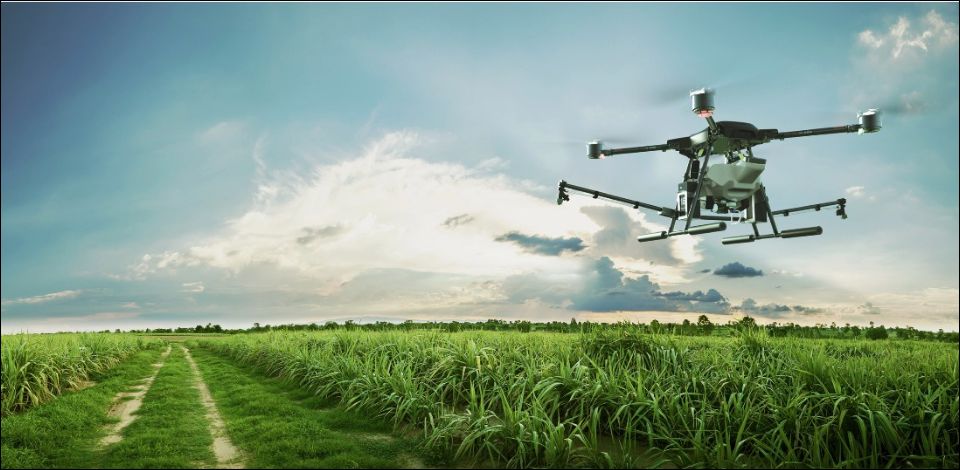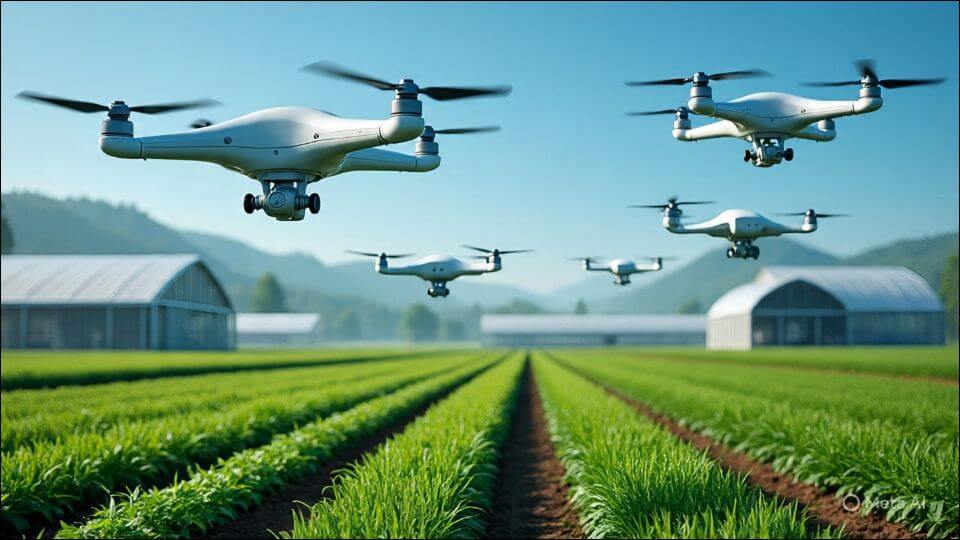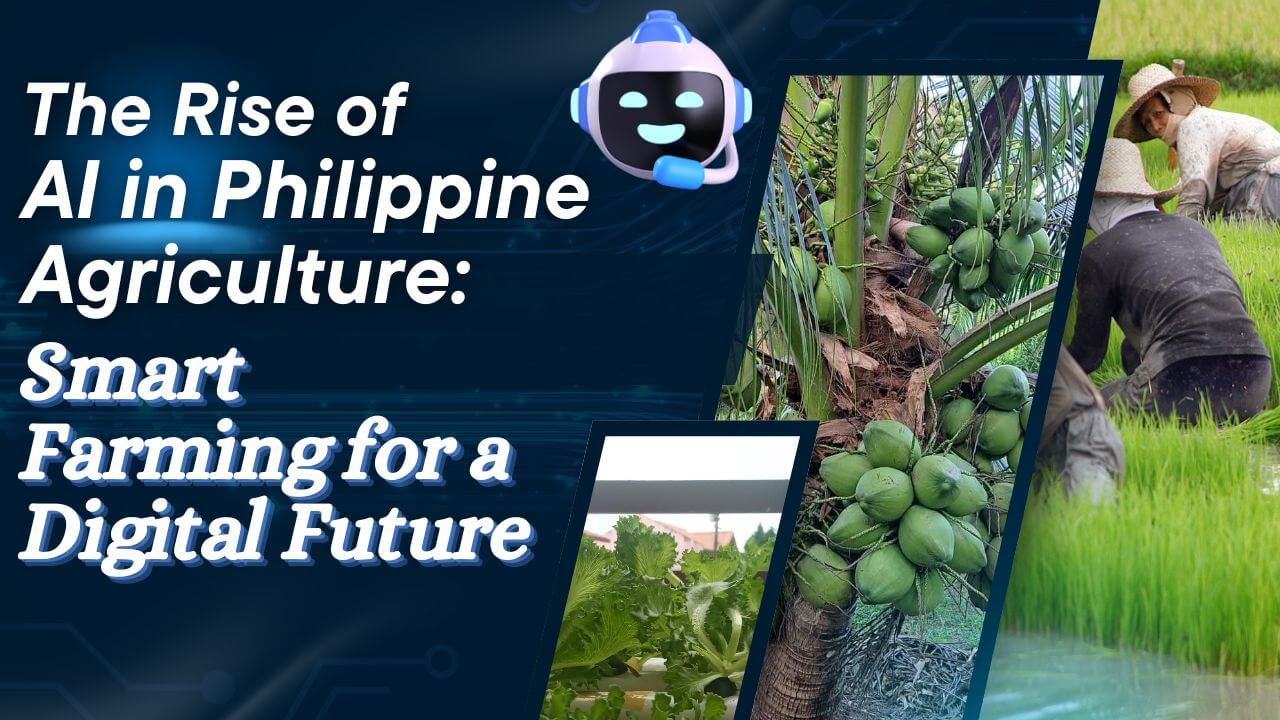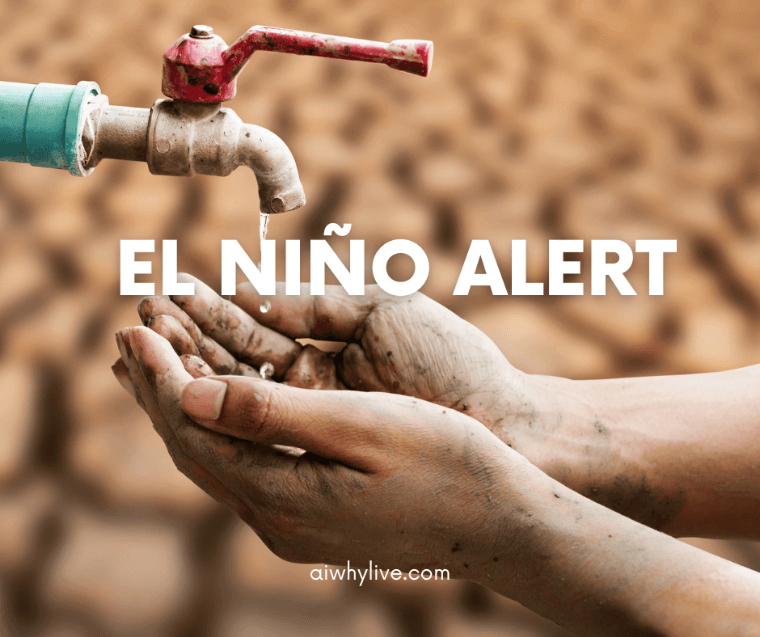Precision farming isn’t just a buzzword—it’s a global shift. And the Philippines is catching flight.
🌍 I. The Global Takeoff: Drones + AI = Smart Farming 2.0
Across continents, drones equipped with artificial intelligence are reshaping agriculture:
- In Japan, AI drones monitor rice paddies for pest stress and nutrient gaps—boosting yields while reducing pesticide use
- In South Africa, Aerobotics uses drone + satellite imagery to detect crop disease across 100 million trees
- In Australia, cotton farmers deploy AI drones to target pests with surgical precision
- In the U.S., fixed-wing drones like “Pika” perform autonomous spraying and obstacle avoidance—even in harsh terrain
- In the Ivory Coast, youth-led startups use drones to modernize cocoa farming, making agriculture attractive again
These aren’t just gadgets—they’re systems. AI analyzes drone-captured data to detect disease, optimize irrigation, and predict harvests. The result? Higher yields, lower costs, and smarter decisions.
🧠 II. What AI Drones Actually Do
Here’s what modern agricultural drones can handle:
| Function | AI-Driven Benefit |
|---|---|
| Crop health monitoring | Early detection of disease, stress, or nutrient gaps |
| Precision spraying | Targeted pesticide use, reduced chemical waste |
| Soil analysis | Mapping pH, moisture, and fertility zones |
| Yield prediction | Forecasting harvests based on real-time data |
| Autonomous flight planning | Efficient coverage with minimal human input |
| Fleet coordination | Managing multiple drones across large farms |
Some drones now analyze up to 500 acres per hour, with AI optimizing every flight path.
🇵🇭 III. The Philippine Flight Path: Drones for Rice, Resilience, and Reform
In the Philippines, drone adoption is accelerating—especially in rice farming:
- Drones4Rice Project: Led by IRRI and PhilRice, this initiative is crafting protocols for drone-based seeding, spraying, and monitoring
- Bayer’s Drone Seeding Trials: In Tarlac, drone broadcasting reduced labor costs by 70% and cut seeding time from one day to 30 minutes
- DJI Agras T50 & T25: These drones now operate across Philippine farms, offering precision spraying and mapping for up to 50 hectares per hour
- Regulatory Support: The Fertilizer and Pesticide Authority (FPA) has issued new guidelines for drone pesticide use, balancing innovation with safety
Even smallholder farmers are getting access through drone rental services, making high-tech farming more inclusive.
📋 IV. So What? Why It Matters for Filipinos
- Lower labor costs: Drone seeding and spraying reduce manual work and expenses
- Climate resilience: AI drones help detect flood risk, drought stress, and crop disease early
- Youth engagement: Tech-savvy tools attract younger Filipinos back to agriculture
- Food security: Smarter farming means more reliable harvests and less dependence on imports
- Digital dignity: Farmers become data owners, not just tool users
🧒 Too Cryptic? Explain Like I’m 12
Imagine you’re a farmer with a huge field. You need to spray water or fertilizer, but walking across the whole thing takes forever, and the plants are too tall to walk through.
Now imagine you have a flying robot. You press a button, and it zooms over your crops, spraying exactly what’s needed. It knows where the sick plants are, where the soil is dry, and where bugs are hiding.
That’s an AI-powered drone. It’s like a superhero sidekick for farmers—fast, smart, and doesn’t get tired.
💬 Final Thought: Why Live With Sky-Level Intelligence
AI drones aren’t just flying robots. They’re decision-makers, data collectors, and silent partners in the fight for food, fairness, and Filipino resilience.
And as the world takes flight, the Philippines isn’t just watching from the ground. We’re piloting our own future.
In fact, in Bacolod City, a company called Dragon Drone PH is already leading the charge. Their agricultural drones are designed for high-precision spraying—covering one hectare in just 20 minutes, compared to a full day of manual labor. They’re not replacing workers—they’re reaching places humans can’t, boosting sugarcane purity, and reducing chemical exposure.

It’s a glimpse of what’s possible. But that’s a story for another day. For now, just know: The sky isn’t the limit. It’s the new farm.







